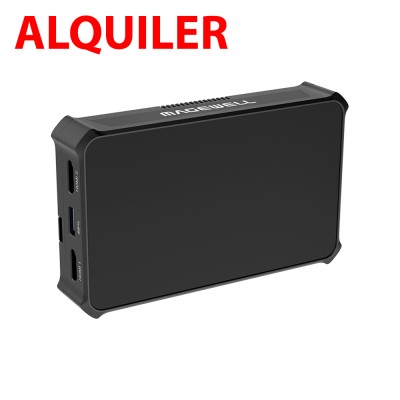Nikon Z6III Full-Frame Mirrorless Camera


Nikon Z6III: The definitive hybrid platform with advanced architecture
The Nikon Z6III is positioned as the most advanced Full-Frame mirrorless camera in its segment, integrating flagship technologies from its siblings (Z8 and Z9) into a lightweight (approx. 750g) and robust, weather-sealed chassis. This camera is engineered for professional photographers and videographers who demand maximum versatility and exceptional image quality without the bulk of a monobody design.
Core Innovation: Sensor and Processing pipeline
The central component of the Z6III is the world's first 24.5 MP partially stacked CMOS sensor. This novel architecture, coupled with the powerful EXPEED 7 processor, achieves a data readout speed up to 3.5 times faster than its predecessor. This translates to a drastic reduction in rolling shutter artifacts, more responsive Autofocus (AF) performance, and impressive burst capabilities up to 120fps (in cropped DX JPEG format) or 60fps (in Full-Frame JPEG), critical for capturing ultra-high-speed action.
The visual experience is enhanced by the brightest, highest-resolution electronic viewfinder (EVF) ever featured in a mirrorless camera. With 5.76 million dots and 4000-nit peak brightness, it provides superior color fidelity and perfect visibility even under direct sunlight.
The New Benchmark in Professional Video: Internal 6K RAW
The Z6III establishes a new standard for internal video recording, ideal for content creators and run-and-gun productions.
Cinematic Resolution: Capable of recording internally up to 6K at 60p in 12-bit Nikon N-RAW codec or 5.4K at 60p in 12-bit Apple ProRes RAW HQ. This internal RAW capability maximizes color grading latitude in post-production and simplifies the rig by eliminating the need for bulky external recorders.
Extreme Slow Motion: Offers 4K UHD at 120p (with crop) and Full-HD up to 240p for creating dramatic slow-motion footage.
Professional Profiles: Includes color profiles such as N-Log and HLG for seamless integration into advanced post-production workflows and HDR content delivery.
Precision AF and Unprecedented Stabilization
The Hybrid Autofocus system inherits the Deep-Learning (AI) technology from the Z8/Z9, offering reliable detection and tracking of subjects, including people, animals, and vehicles, operating reliably in extremely low-light conditions (down to -10 EV). Image stabilization is a key feature, with a 5-axis VR system offering up to 8.0 stops of compensation, and featuring Focus Point VR for localized stability exactly where the focus point is placed.
Shooting versatility is secured with the high-resolution, fully articulated 3.2-inch touchscreen LCD, facilitating effortless composition from any angle.
Nikon Z6III Key Technical Specifications
- Sensor: 24.5MP Partially Stacked FX (Full Frame) CMOS.
- Processor: EXPEED 7.
- Max Internal Video: 6K@60p (N-RAW 12-bit) / 5.4K@60p (ProRes RAW HQ 12-bit).
- Slow Motion: 4K@120p and Full-HD 240p.
- Stabilization (IBIS): 5-Axis VR with up to 8.0 stops of correction.
- Autofocus: Hybrid with AI Subject Detection (AF down to -10 EV).
- Max Burst Rate: 120fps (DX JPEG) / 20fps (Full RAW).
- Electronic Viewfinder (EVF): 5.76 million dots, 4000-nit brightness, DCI-P3 coverage.
- Display: Fully Articulated 3.2" Touchscreen LCD.
- Storage: Dual Slot (1x CFexpress Type B / XQD and 1x SD UHS-II).
- Weight (approx.): 750g (weather-sealed body).













